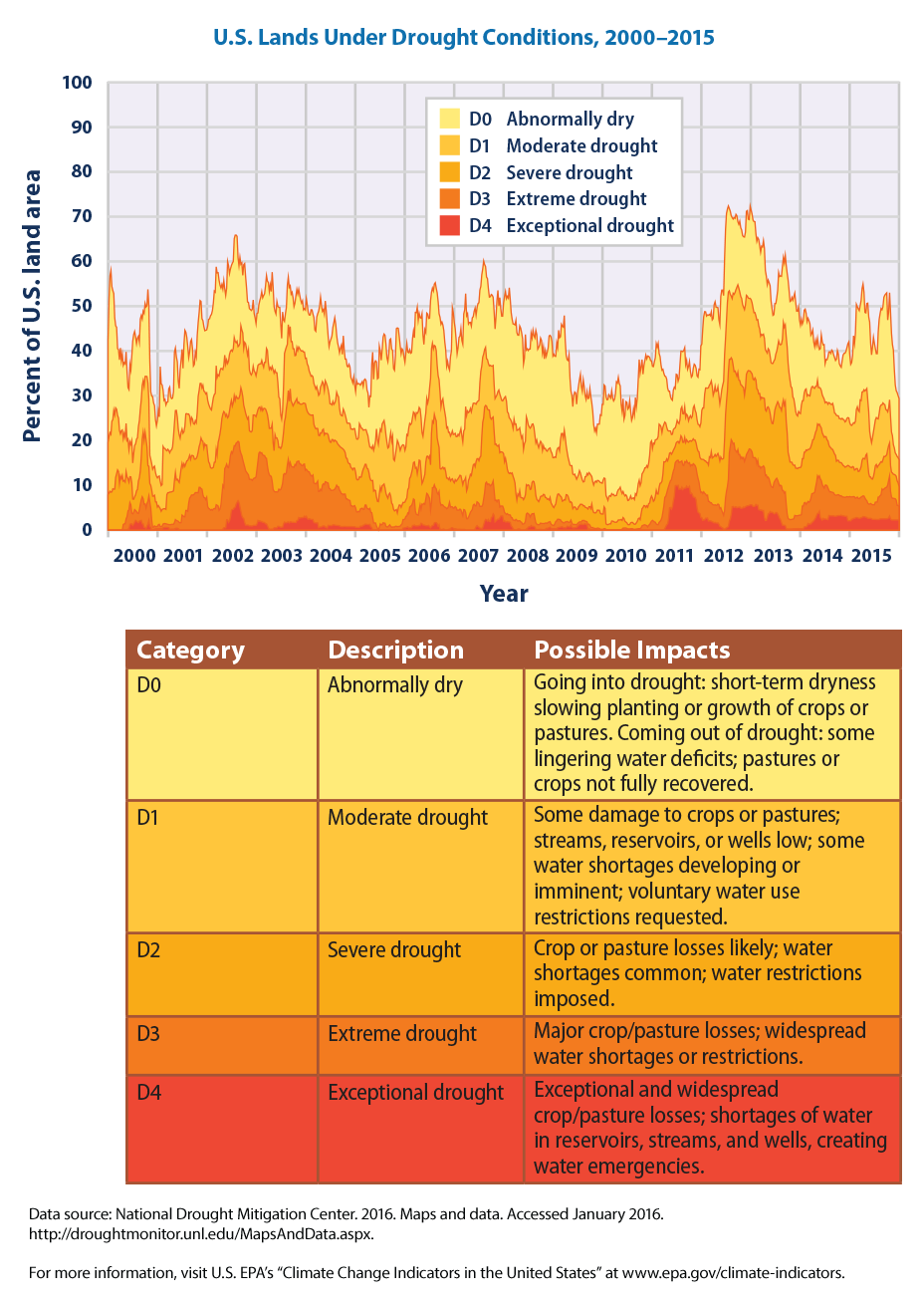Utah, known for its breathtaking landscapes and vibrant communities, is currently grappling with a severe drought that has prompted the state to declare an emergency. This declaration highlights the urgency of the situation and underscores the need for immediate action to mitigate the impacts on residents, agriculture, and natural resources. As the state faces one of its driest periods in recent history, understanding the implications of this emergency declaration is crucial for all stakeholders.
The effects of prolonged dry spells can be far-reaching, impacting everything from water supply to local economies. For Utah's residents, the declaration of a state of emergency due to drought conditions means that significant changes may be required in daily routines and resource usage. This article delves into the specifics of the current situation, exploring how the drought affects various sectors and what measures are being taken to address the crisis.
Understanding Drought Conditions Across the U.S.
The U.S. Drought Monitor provides a comprehensive overview of drought conditions across the nation. On April 23, an uncontrolled fire in New Jersey highlighted the severity of these conditions, underscoring the interconnectedness of environmental challenges. While fires and droughts might seem geographically distant, they often stem from similar climatic issues. The data collected by the Drought Monitor helps policymakers and scientists identify trends and develop strategies to combat these challenges effectively.
In regions like Utah, where water scarcity is already a concern, the information provided by the Drought Monitor serves as a critical tool for planning and response. By analyzing precipitation levels, soil moisture, and other indicators, experts can predict potential shortages and allocate resources accordingly. This proactive approach is essential for minimizing the adverse effects of drought on both urban and rural populations.
As climate patterns continue to shift, the importance of monitoring and responding to drought conditions cannot be overstated. The data not only informs short-term actions but also contributes to long-term strategies aimed at enhancing resilience against future environmental stressors.
Assessing Agricultural Challenges in Utah
Utah's agricultural sector plays a vital role in the state's economy, yet it is particularly vulnerable to the impacts of drought. A recent webinar focused on the agriculture outlook for Utah revealed that many farmers are experiencing reduced yields compared to their average production levels. This decline is largely attributed to unprecedented development pressures exacerbated by the state's rapid growth and limited water resources.
For farmers like Chris Riley, whose family legacy revolves around farming, the current drought presents a daunting challenge. With nearly 80% of the state classified under extreme drought conditions, the viability of traditional farming practices is increasingly uncertain. Despite his deep-rooted connection to the land, Riley must now consider alternative methods to sustain his business and ensure food security for the community.
Beyond individual farmers, the broader agricultural industry faces systemic risks that could ripple through the economy. Addressing these challenges requires collaborative efforts between government agencies, research institutions, and local producers to innovate and adapt to changing circumstances. Such partnerships are key to securing a sustainable future for Utah's agricultural landscape.
Evaluating Policy Responses to Drought
Policies such as the Emergency Drought Relief Act aim to provide relief and support to states affected by severe drought conditions. In Utah, the declaration of a drought disaster opens up avenues for federal assistance, including funding for water conservation projects and emergency aid for affected farmers. These measures are designed to alleviate immediate hardships while fostering long-term resilience.
However, implementing effective policies necessitates a clear understanding of the unique challenges faced by each region. For instance, Utah's reliance on reservoirs for water storage makes it imperative to manage these resources carefully during times of scarcity. Additionally, the quality of water obtained from monsoon rains often poses further complications, as it tends to be muddy and laden with debris, making it less suitable for immediate use.
Local initiatives, such as Moab's declaration of a state of emergency following a major flood event, demonstrate the importance of adaptive governance in managing complex environmental issues. By combining federal support with localized responses, Utah can better navigate the complexities of drought management and work towards safeguarding its precious water resources for generations to come.
Examining Water Resource Management in Utah
Drought.gov offers valuable insights into the current state-level drought information for Utah, emphasizing the significance of physical indicators such as precipitation and temperature. Monitoring these factors enables authorities to assess the health of water supplies and make informed decisions about allocation and conservation. Understanding the interplay between these variables is crucial for developing effective water management strategies.
With large reservoirs serving as critical storage facilities, maintaining optimal levels becomes paramount during drought periods. The tea-cup diagram used by Colorado River Basin states, including Utah, provides a visual representation of reservoir capacities and their contribution to regional water needs. This tool aids in coordinating efforts among neighboring states to ensure equitable distribution of limited resources.
As Utah continues to grapple with the realities of prolonged drought, innovative approaches to water resource management will be essential. By leveraging technology, promoting conservation practices, and fostering collaboration among stakeholders, the state can enhance its capacity to withstand future dry spells and protect its vital ecosystems.

